Many of my non-Architect friends (some* of who went to Architecture school with me, but no longer practice architecture as they had the good sense to pursue a lucrative career) carry the impression that architecture is a field of creativity - a profession where the creative genius roams free and untethered; that imagination is the agenda for the day; that if inspiration does not strike, there is no need to go into the office. Kind of like design studio back in architecture school - headphones, coffee, hoodies and jeans, trace paper crumpled up in the trash can, sketches all over the drawing board, books showcasing the works of celebrity Architects stacked high on the floor, large windows with sunlight bathing the room, yet a wilting plant on the window sill, budding architects lost in their computer screens ... you get the picture! Certainly, when I think of other creative professionals like musicians, writers, artists, or even other designers, I am guilty of the same perception. Are they encumbered by the mundanity of an 8 to 5 office structure? No, their creative juices flow whenever their genius strikes, might be the middle of the night or middle of a shower/ run/ swim or whatever they are in the middle of in their care-free life. Thereon they work relentlessly (in their pajamas, of course) like a madness has taken over, until the work has reached its pinnacle, whereupon it is presented to the world so everyone may appreciate the stroke of genius.
While there is a small nugget of truth in that notion, the reality of everyday practice of architecture is, I'm sorry to say, not so footloose and fancy free. On the contrary, we labor each day investigating, exploring, discovering, questioning, drawing. Always discovering through drawing. What reveals itself when you cut that section? How tall is the space at this intersection of roofs? Does that look proportional? What does it look like in plan view? Finding answers. Does this fireplace come in an 8' length? Who will manufacture this custom door, and how much will it cost? How far can I cantilever this beam? Where can I buy this rubber membrane? Where in the code book does it say so? But also important, asking the right questions. What exactly do you like about this picture? Are you aware that doing "x" means getting rid of "y" which is actually a nice feature? Some answers only lead to more questions and you chase many rabbits down many holes, sometimes only to discover that the client does not have the budget for it. And some answers bring the project to a grinding halt, such as a crippling discovery that a WQTZ (Water Quality Transition Zone)zone covers half the site meaning that our design concept and scheme went out the window.
What I am trying to say is that there is only a limited creative genius when there are real world constraints. Don't get me wrong, challenges often present opportunities for amazing design solutions that are truly inspiring. But creativity is a process and architectural creativity is a process of discovery.
There are days when I go into the office and all I do all day is review shop drawings, field questions from builders, troubleshoot consultants, and there is only problem solving. Then there are days when I can focus on architectural design. And then there are other days when the creative juices flow freely, unconsciously, and without effort, sometimes when I am in the shower at the end of a long day of discovery, and it's just like poet Ruth Stone described her inspiration (to author Elizabeth Gilbert) - it comes without announcement, rushing through me at a high-speed, in fullness and such vivid clarity, and in that moment I know this is genius. Then it passes almost as fast as it came to me and I fear that I will forget, and the idea will escape me, and I will be left empty.
Sharon George
*okay, I should say most, because really I've not made too many friends since those days

